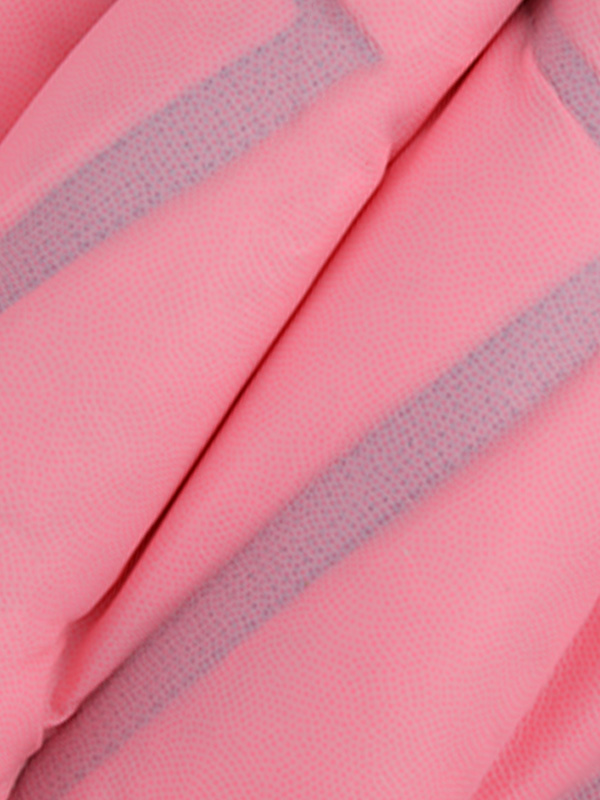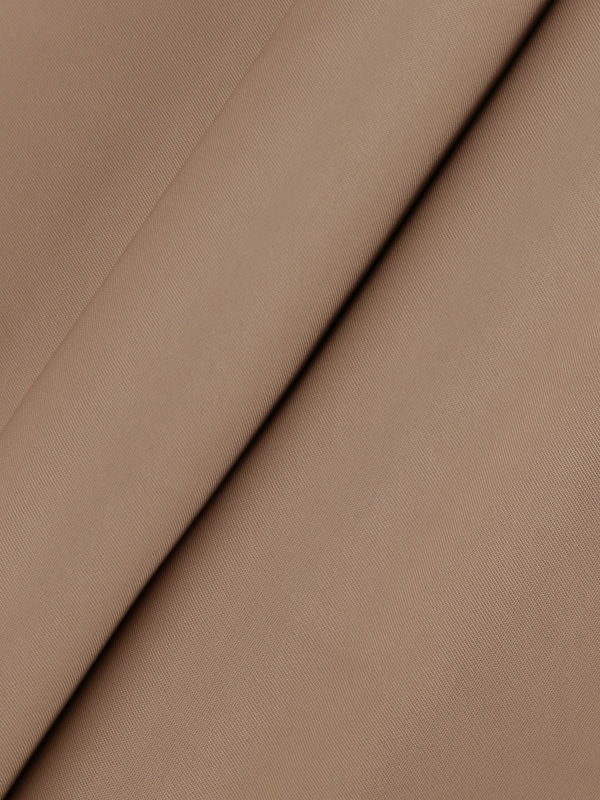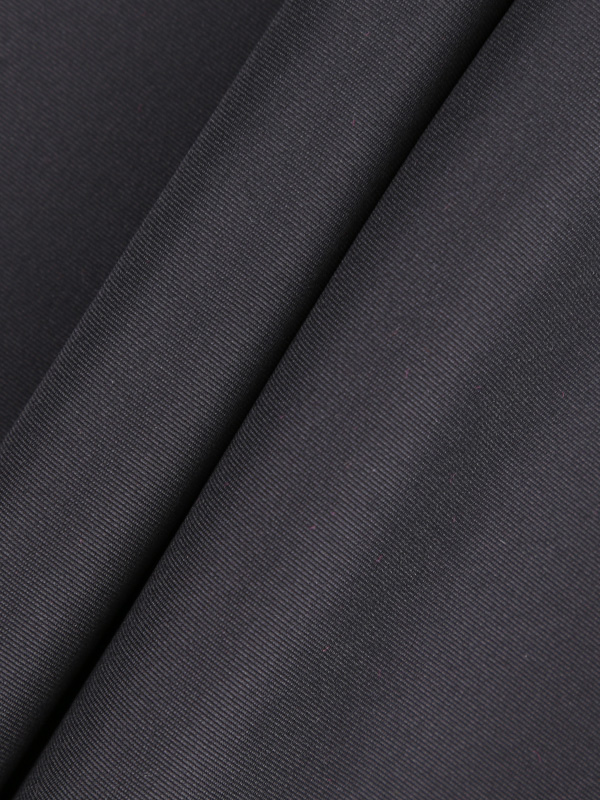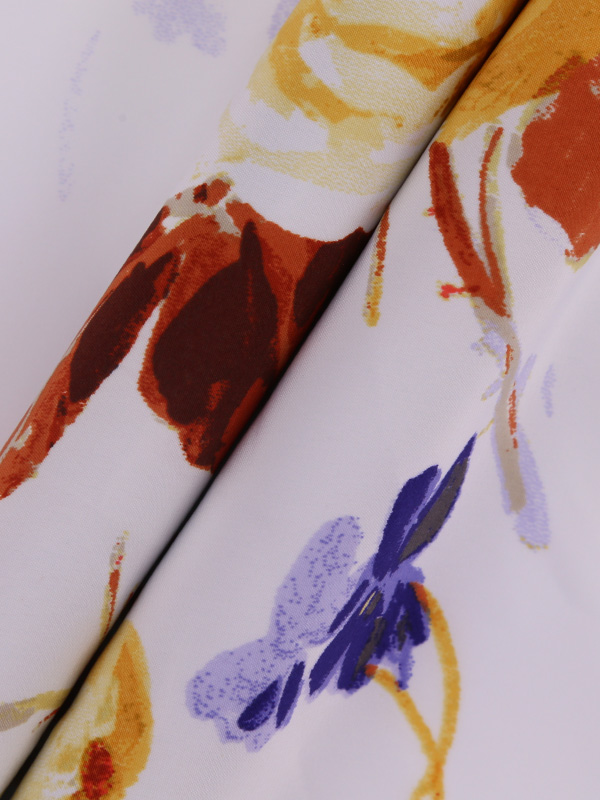Composite fabrics tell you the top three reasons for fabric pilling
The bedding we buy will encounter the problem of pilling during use, so why is it pilling? Tell you in layman's terms why the fabric pills.
Fabric properties pilling
Pure cotton is not easy to pilling, why? Because the hair ball on the pure cotton fabric will gradually fall off during the process of washing and friction; and the fiber strength of chemical fiber is stronger than that of cotton, and its toughness is high, so it is not easy to fall off after being balled, and the hair ball has been stubbornly stayed for a long time. On clothes, it looks especially obvious.
To sum up: Purified fibers will definitely pill, pure wool will also pill, and blended fabrics (such as polyester-cotton, polyester/viscose) will also pill. Cotton and silk are not easy to pilling.
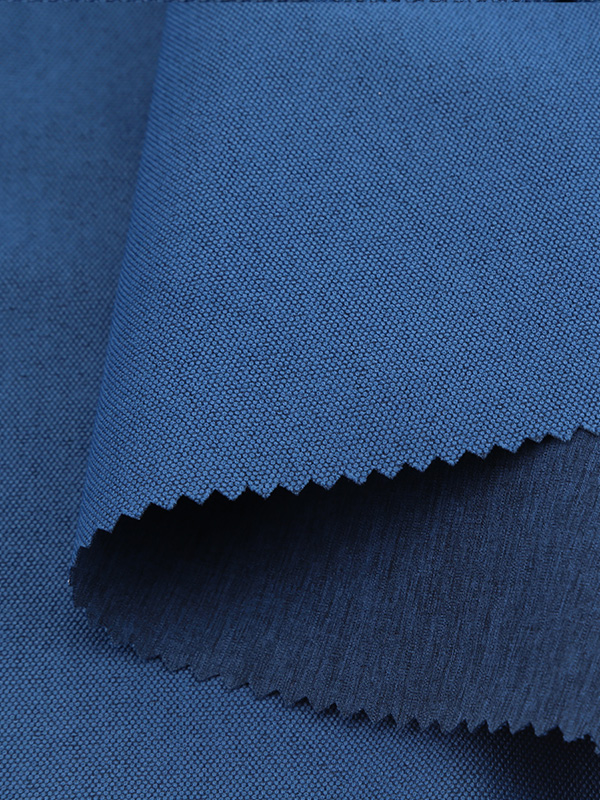
Tribostatic Pilling
The pajamas, underwear, etc. we wear to sleep at night are easy to generate static electricity when rubbing against the bedding, and static electricity is easy to attract foreign particles and cause pilling.
Improper washing and pilling
If the washing time is too long, the fabric fiber will be damaged, the fiber will break, and the possibility of pilling will increase; the washing temperature is too high (the suitable temperature is 20-45 degrees), and the detergent is wrong (neutral detergent is recommended), etc. Pilling.
Reminder: Before washing, be sure to wash according to the product washing instructions; when washing, turn it over and wash it, which may be an effective way to prevent pilling.
What if the ball hits? Special hairball trimmers can be used; blunt razors can be used to remove hairballs; use clear glue.
According to the observation, the pilling phenomenon during use is basically not a quality problem, because the brand manufacturer has done the pilling test before leaving the factory. Therefore, most of the pilling during use is caused by the characteristics of the fabric or improper use. Therefore, if you are very sensitive to pilling, it is recommended to buy fabric products that are not easy to pilling, and follow the washing instructions in the later maintenance process.


 English
English Chinese
Chinese